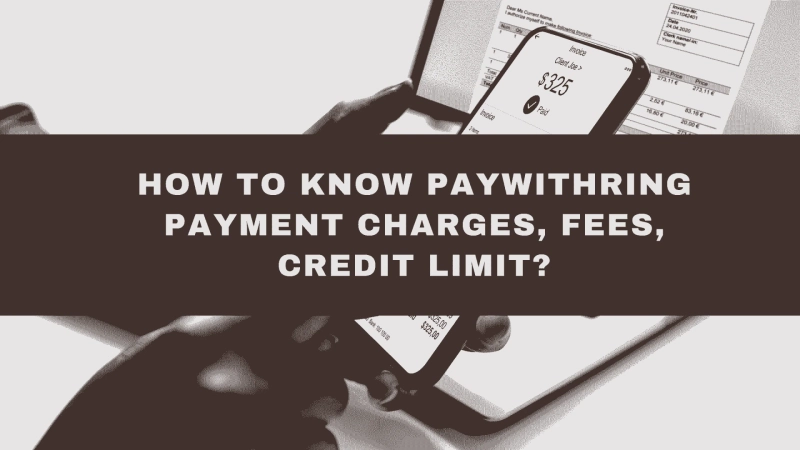Have you ever noticed how digital payment platforms have become a part and parcel of our lives ? Online or mobile-based systems that enable individuals, corporations, and organisations to make and receive electronic payments are usually referred to as digital payment platforms. These recently popular platforms offer a quick and safe way to transfer funds between parties without the use of actual currency or typical banking procedures. Some examples of digital payment platforms include mobile payment apps which allow users to make payments using their mobile device, typically by linking a debit or credit card to the app such as Google Pay while e-wallets are the ones that store payment information and allow users to make payments online. These digital payment systems may also include online payment gateways such as PayPal, which businesses employ to receive online payments. These platforms often accept credit or debit cards, as well as other payment methods such as e-wallets and bank transfers. paywithRING is one such digital payment platform that serves as a one-stop shop for all of your payment needs. It includes a digital payment app as well as an e-wallet.
You are probably wondering if online payment service providers may charge us a fee. Payment systems, such as paywithRING mobile payment applications, have been found to levy fees for specific transactions, though the rates vary based on the app and the transaction type. Transaction fees, processing costs, cash out fees, and account management fees are some of the most typical fees charged by mobile payment apps.
Let us examine paywithRING payment charges, fees, and credit limit depending on these categories.
Transaction fees : Payment applications often charge a transaction fee for each payment or transfer made using the app. These fees can vary depending on the app and the transaction amount. You'll be relieved to hear that paywithRING does not charge its customers any transaction fees.Account maintenance fees: To keep the account operational, several payment applications demand a monthly or annual account maintenance cost. PaywithRING, on the other hand, does not require any account maintenance fees. It is completely free to keep an account with paywithRING.Cash-out fees: It is the cost levied when a user withdraws funds from their mobile payment account to a bank account or another payment method. As stated by paywithRING, its objective is to provide its clients with easy access to money as well as better liquidity for money saved in its wallet. As a result, paywithRING does not charge its users any cash-out fees.Processing fees: Certain payment applications may charge a processing fee for specific sorts of transactions, such as cross-border payments or credit card payments. Whilst paywithRING does not charge such a fee, the user may be charged a processing fee if they obtain a line of credit from a finance firm through paywithRING.Penalty charges: These are the charges levied on a customer if they default on their payment against the credit used by them. Since paywithRING is a credit-based payment service provider, there are penalties for late or missed payments. These fees vary depending on criteria such as the amount owed and the length of the overdue period.Furthermore, to get the most out of utilising paywithRING or any other payment service provider, there are a few steps a user must follow to develop a better understanding of the various costs and fees assessed by the service provider.
Follow these steps to learn about the fees and charges connected with online payment apps:
Review the terms and conditions: Once the users have accessed the app, they need to review the terms and conditions to find information about fees and charges. They can typically find this information under headings such as called fees, pricing or credit limit.Look for a fee schedule: paywithRING payment app provides a fee schedule that lists all the fees and charges associated with the users account. This schedule can help the users to understand the costs associated with the specific types of transactions.Check for promotions or discounts: paywithRING also offers promotions or discounts on fees for new users or for certain types of transactions. New users must make sure to check for any promotions or discounts that may apply to them.Contact customer support: If users have any questions about fees or charges associated with the app, they should contact the customer support.By following these steps, a user can gain a better understanding of the fees and charges associated with using paywithRING and make informed decisions while using the paywithRING app as per their specific needs.



